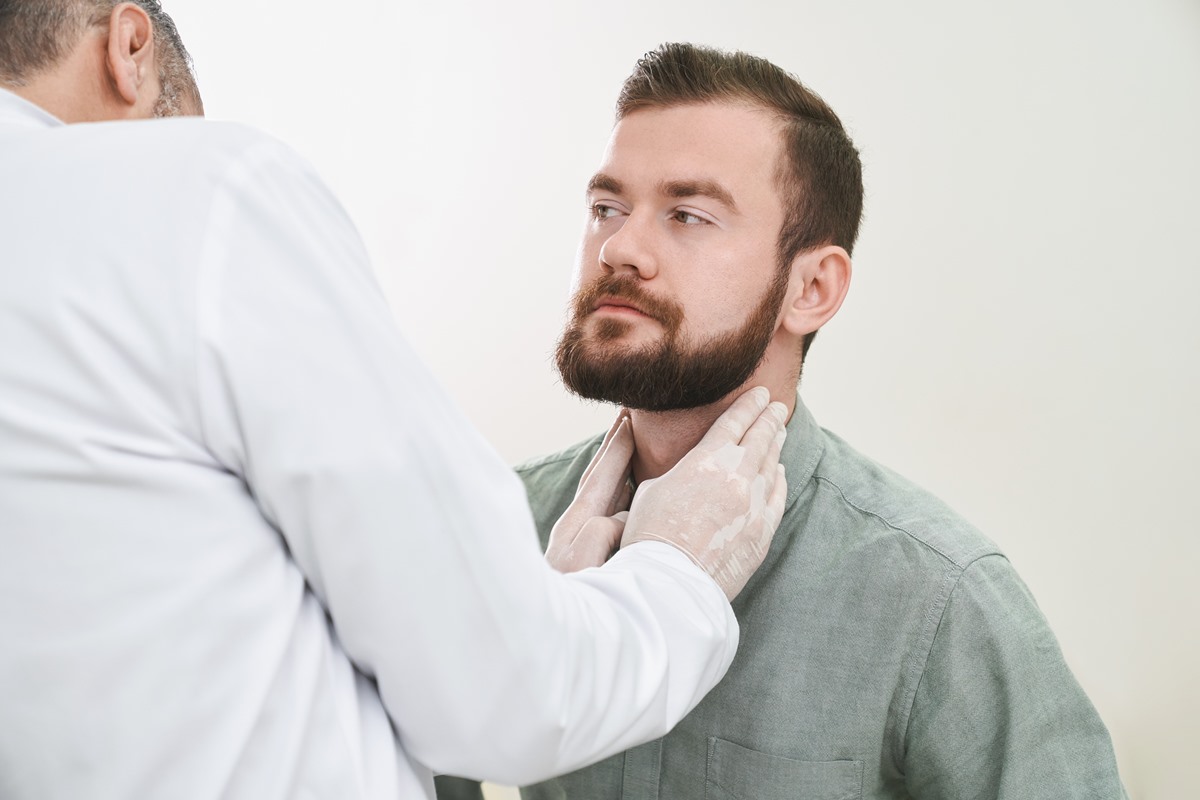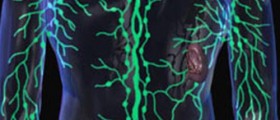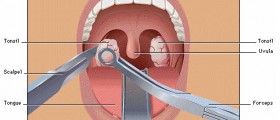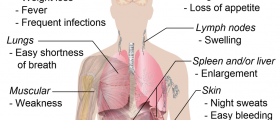What Is A Lymph Node?
Lymph nodes are organized collections or clusters of lymphoid tissue, which are located in various places all over the body. There are certain locations where lymph nodes are numerous and grouped into clusters, and these include the neck, armpit, and inguinal region. Lymph nodes are also located around big blood vessels and lymph ducts inside the thorax (the area between the neck and the abdominal region) and the abdomen.
Lymph nodes contain several types of lymphocytes (which are themselves a type of white blood cells). B lymphocytes are responsible for the production of antibodies that fight bacterial, viral, and fungal invaders. T lymphocytes (also called T cells) have several different functions, including killing pathogens and signaling their presence to other types of cells.
In general, the lymph nodes serve the important purpose of reacting to foreign infective agents, tumor cells, and other antigens, and they play a crucial role in the defense against these agents. After skin and local defense mechanisms, lymph nodes provide a second line of defense from foreign antigens.

When Does A Lymph Node Need To Be Removed?
The condition in which lymph nodes are inflamed and enlarged is called lymphadenitis. This happens most commonly due to a reaction to local infection, or in the case of generalized infections. Inflamed lymph nodes are often very painful, and this discomfort will cause a person to seek medical attention very quickly.
Allergies can also cause an enlargement of the lymph nodes, which are then painless and the swelling would occur rapidly after the contact with the offending allergen. Antihistamines and corticosteroids are used to diminish the effects of an allergy with consequent decrease in size of affected lymph nodes.
The most severe causes of enlarged lymph nodes are malignant tumors. Cancer cells originate from the primary tumor and enter the bloodstream and lymph ducts. On their way, they get caught by the lymph nodes and start reproducing there, thus causing an enlargement of lymph nodes. There are also primary tumors originating from lymph nodes, which are called lymphomas.
For almost all successful cancer treatment plans, it is necessary to remove all the malignant cells, including those located in the lymph nodes, and therefore, different types of cancer are the most common causes of lymph node removal.
Lymph Node Removal: The Procedure
The procedure of lymph node removal depends on the underlying disease as well as on the localization of the affected lymph nodes. In the case of cancer, besides surgical removal of the primary tumor and any metastases, the surrounding lymph nodes need to be removed too, as there is a high possibility that they also contain tumor cells. This is a complicated process, because sometimes whole clusters of grouped lymph nodes need to be removed.
In case of Hodgkin lymphoma (a less severe variant), the affected lymph node is removed and the situation is followed up during regular examinations. Non-Hodgkin lymphomas are more aggressive, metastatic, and they require more intensive approach.
Complications of Lymph Node Removal
The most common complications of lymph node removal are no different than those seen in any other surgical procedure. Wound infections, complications of general anesthesia, and bleeding can appear, but they are not very common. If during the removal of lymph nodes the lymph ducts are also damaged, that can prevent the normal drainage of lymph through the lymphatic system. This can cause an accumulation of excess lymph fluid in the tissues with damaged drainage, and subsequent swelling which is called lymphedema.
Basic laboratory tests can give valuable information which can indicate the cause of the lymph node(s) enlargement, after which your doctor can determine what further steps need to be taken. Lymph node removal is only ever a last resort option, however.
- Peyre, C.G. (2008). The number of lymph nodes removed predicts survival in esophageal cancer: an international study on the impact of extent of surgical resection. Ann Surg. 248(4):549-56.
- Photo courtesy of SteadyHealth
















